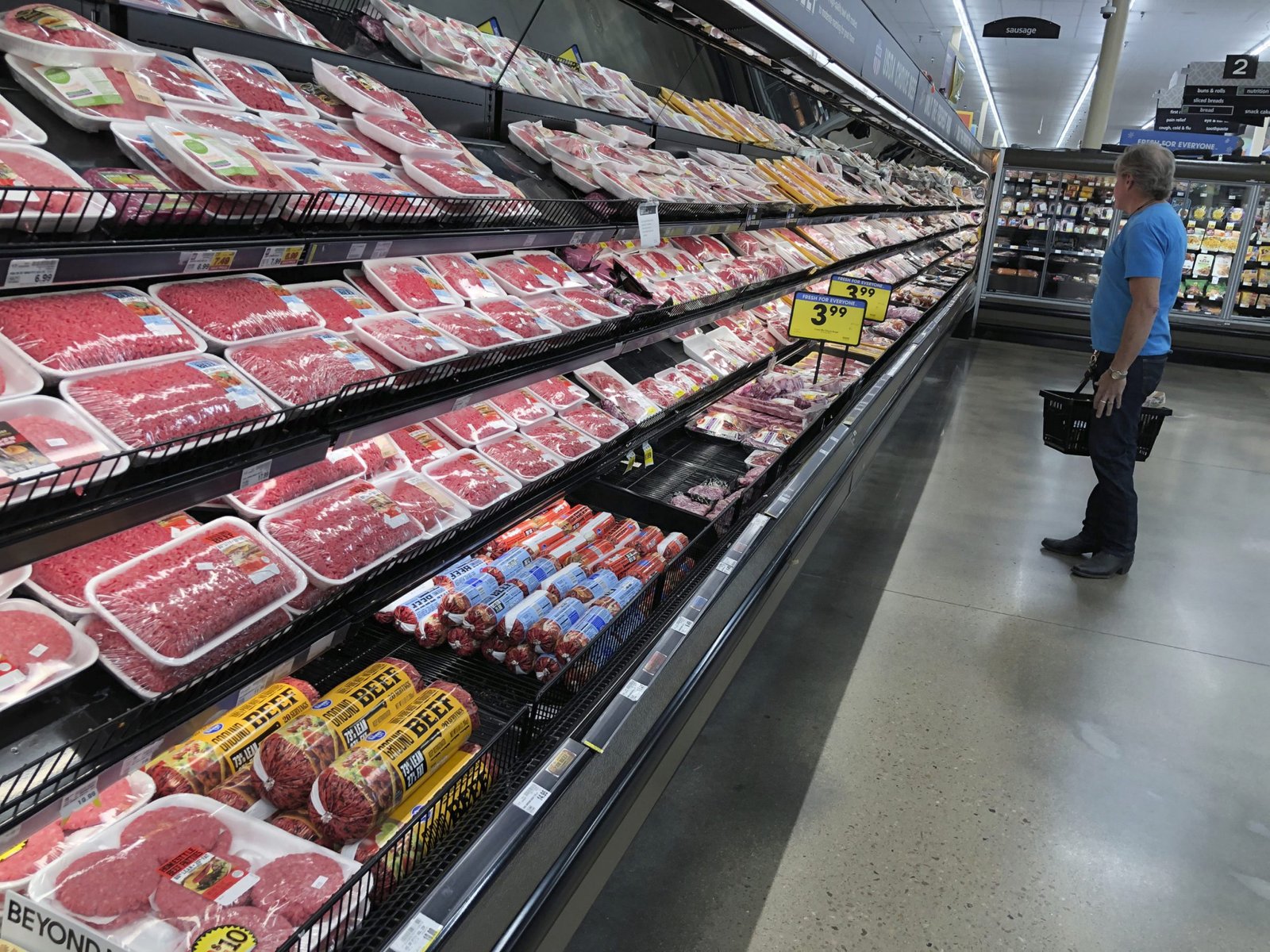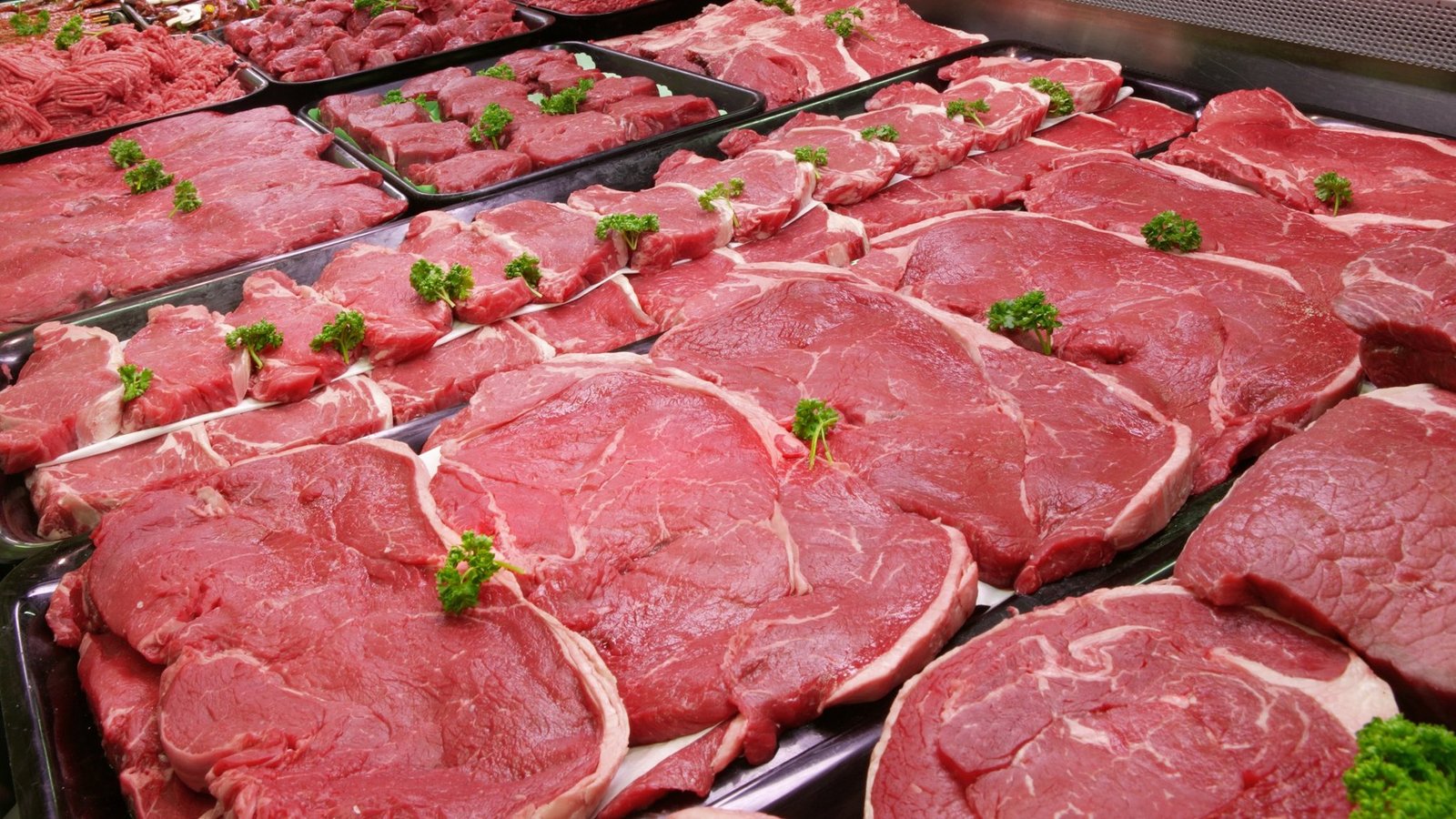HIGHLIGHTS
- The volume of US beef sales to China increased more than 1,000% and reached a value of $622.5 million in the first half of this year.
- Overall, U.S. beef exports rose 18 percent in the first half of this year, recording $4.64 billion in export value.
FULL ARTICLE
The consumption of beef becomes more common in China
According to Don Close, vice president of RaboResearch and Animal Protein, the volume of US beef sales to China increased more than 1,000% and reached a value of $622.5 million in the first half of this year. The market has no signs of slowing down.
Several factors have occurred simultaneously which drive changes. The first is African swine fever (ASF), which made hog and pork prices increase significantly, narrowing the price gap between beef and pork. That stimulated beef sales.

In addition, the new tendency of home cooking during the Covid-19 is one driving force to this situation. This habit changing plus capacity limitation to meet beef demand required China to become the main beef importer.
With improvement in market access under the Phase One Economic and Trade Agreement, the US has become a large player in China’s beef market. The Rabobank report predicted that the boom in beef sales to China has not yet stopped.
U.S. beef exports soar
Overall, U.S. beef exports rose 18 percent in the first half of this year, recording $4.64 billion in export value.
U.S. beef sales to the top two markets, Japan and South Korea, also increased. At the same time, this figure for Mexico also witnessed a growth of about 15% in volume in the first 6 months, as reported by the Meat Export Federation of America.
These numbers represent better-than-ever growth, however, US meat exports would have grown even more had it not been for the impact of the lack of cargo ships, the sharp increase in freight rates. Therefore, a large amount of meat waits to be frozen in the US instead of being loaded and shipped to international customers.

The available stock of cattle in the market curbed slaughter capacity and the advantage shifted in favor of packers. The data of cattle on the feed and inventory report for July, the US has finally cleared up a huge backlog of cattle. Going into the third and fourth quarters, the available cattle supply will show a significant decline, which should support beef prices.
Rabobank’s China Beef Market Report also found that the Chinese often view cattle as a “very sustainable standout”. China Authorities are letting smallholder farmers raise livestock as a way to increase their income. They are also paid by the Chinese Government.
Minh Ngo













